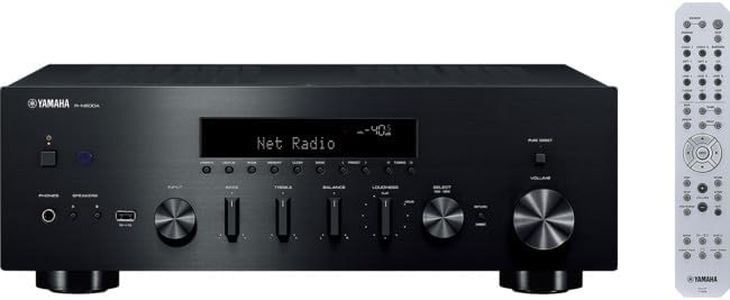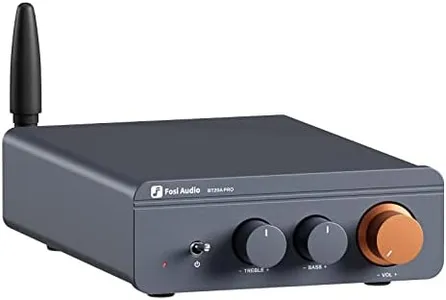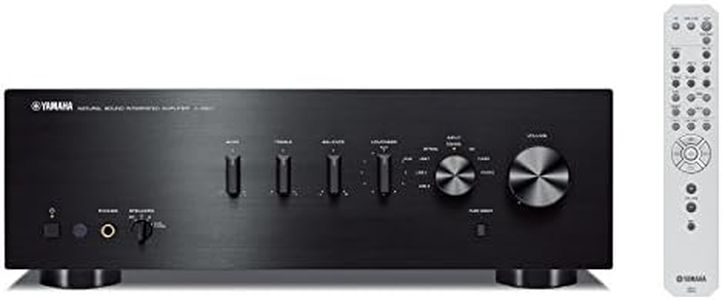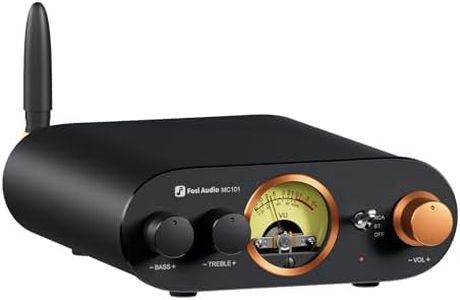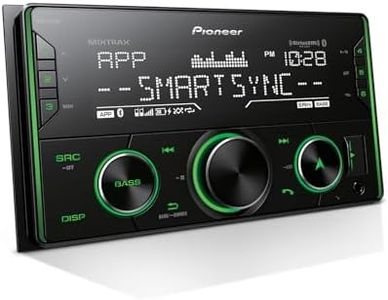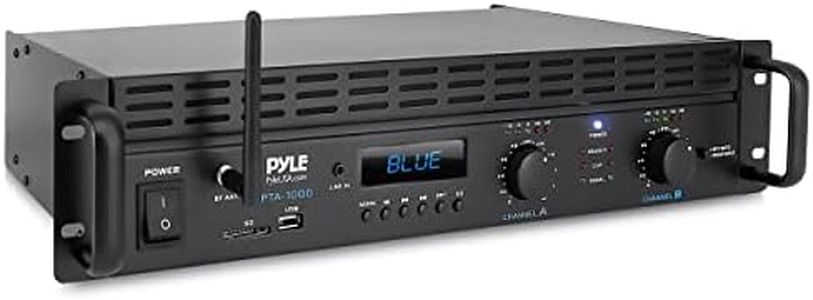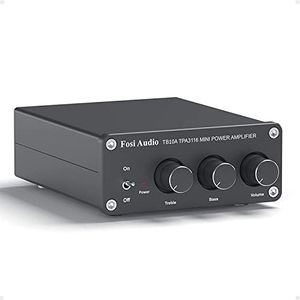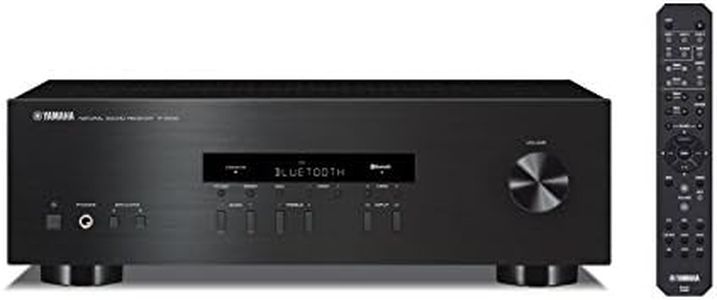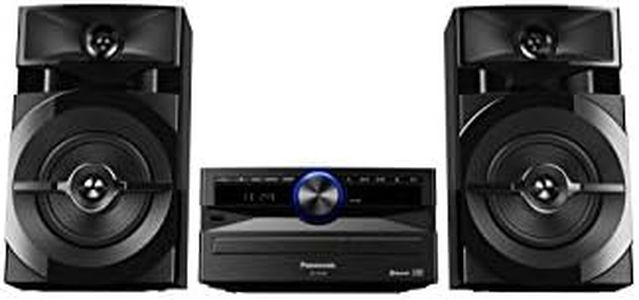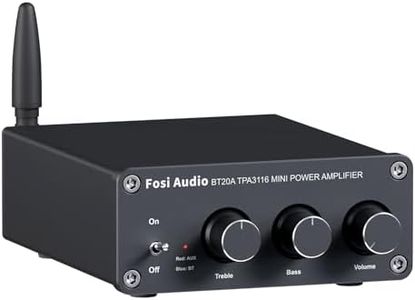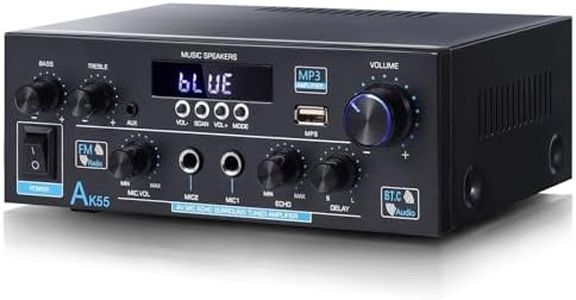We Use CookiesWe use cookies to enhance the security, performance,
functionality and for analytical and promotional activities. By continuing to browse this site you
are agreeing to our privacy policy
10 Best 2 Channel Stereo Receivers
From leading brands and best sellers available on the web.By clicking on a link to a third party's website, log data is shared with that third party.
Buying Guide for the Best 2 Channel Stereo Receivers
Choosing the right 2-channel stereo receiver is all about matching your listening habits and setup needs to the features and specifications available. These receivers are the backbone of a simple but high-quality home audio system, offering basic amplification, switching between sources, and sometimes extra features for convenience. Before you start shopping, think about the speakers you’ll use, the type of music or audio you typically enjoy, and the space where everything will be set up. This will help you focus on the specs that matter most for you, so you can make a decision that leads to great sound and easy use.Power Output (Watts per Channel)Power output tells you how much energy the receiver can send to each speaker, usually given in watts per channel. This is important because it affects how loud and clear your music will sound. Lower power (under 40 watts per channel) is fine for smaller rooms and efficient speakers, while moderate power (40 to 80 watts per channel) suits average-sized living spaces and most speakers. Higher power (over 80 watts per channel) is for larger rooms or less sensitive speakers that need more oomph. To pick the right power, consider your room size, how loudly you like to listen, and your speakers’ requirements—a little extra power helps avoid distortion at high volumes.
Inputs and ConnectivityInputs and connectivity options determine what you can hook up to your receiver, like CD players, turntables, streaming devices, or TVs. Simpler receivers may have just a couple of analog (RCA) inputs and maybe a phono input for a turntable, which is enough for basic setups. More advanced models might include digital (optical, coaxial), Bluetooth, or even Wi-Fi for streaming music. When choosing, list the equipment you want to connect now and think about what you might want in the future. Pick a receiver that covers all your sources comfortably to avoid frustration and make upgrades easy.
Speaker Impedance CompatibilitySpeaker impedance (measured in ohms) tells you how much resistance the speakers put up against the receiver’s power. Most receivers and speakers are rated for either 8, 6, or 4 ohms. It’s important to match your receiver’s capability to your speakers’ impedance, as using incompatible equipment can cause less than optimal sound or even damage in some cases. Look for receivers that clearly list supported impedances, and choose one that covers the speakers you have or plan to get. For most home setups, 6 to 8 ohm compatibility is common and sufficient.
Tone Controls and Sound CustomizationTone controls let you adjust bass, treble, and sometimes the balance between left and right channels. Some receivers have very basic options, while others boast more advanced sound-shaping features. If you want to fine-tune your system for specific music styles or room acoustics, look for receivers with multiple tone controls or EQ settings. If you prefer listening just as the producer intended, simple or bypassable options are best. Think about how picky you are about sound and whether you like experimenting or want a pure, straightforward audio experience.
Remote Control and User InterfaceThe remote control and overall user interface affect how easy and enjoyable your receiver is to use every day. Some receivers have simple remotes and clear displays, while others rely on more advanced remotes or even app controls. If convenience and user-friendliness matter to you, try to get a receiver with a comfortable, well-labeled remote and an easy-to-read display. If you’re a set-it-and-forget-it listener, a basic interface will do, but for frequent source switching or sound tweaking, a good user interface will make your life much easier.


